Analysis of Functionalist Perspective in Sociology: Assignment
VerifiedAdded on 2022/10/28
|6
|386
|29
Report
AI Summary
This report provides an overview of the functionalist perspective in sociology, exploring its core principles and applications. It begins by introducing the perspective's founder, Émile Durkheim, and then delves into key concepts like interdependence, where societal elements are interconnected; the functions of social structure and culture, examining how these elements contribute to societal organization; consensus and cooperation, highlighting the shared values that bind societies; and the concept of equilibrium, which suggests a state of balance within a society. The report also discusses the structural-functional model, emphasizing the role of social structures in maintaining order and stability. Finally, the report touches upon modern functionalist theories of education, showcasing how education plays a crucial role in maintaining a democratic society by providing equal opportunities. This report offers a comprehensive understanding of the functionalist perspective and its relevance to understanding societal dynamics.
1 out of 6
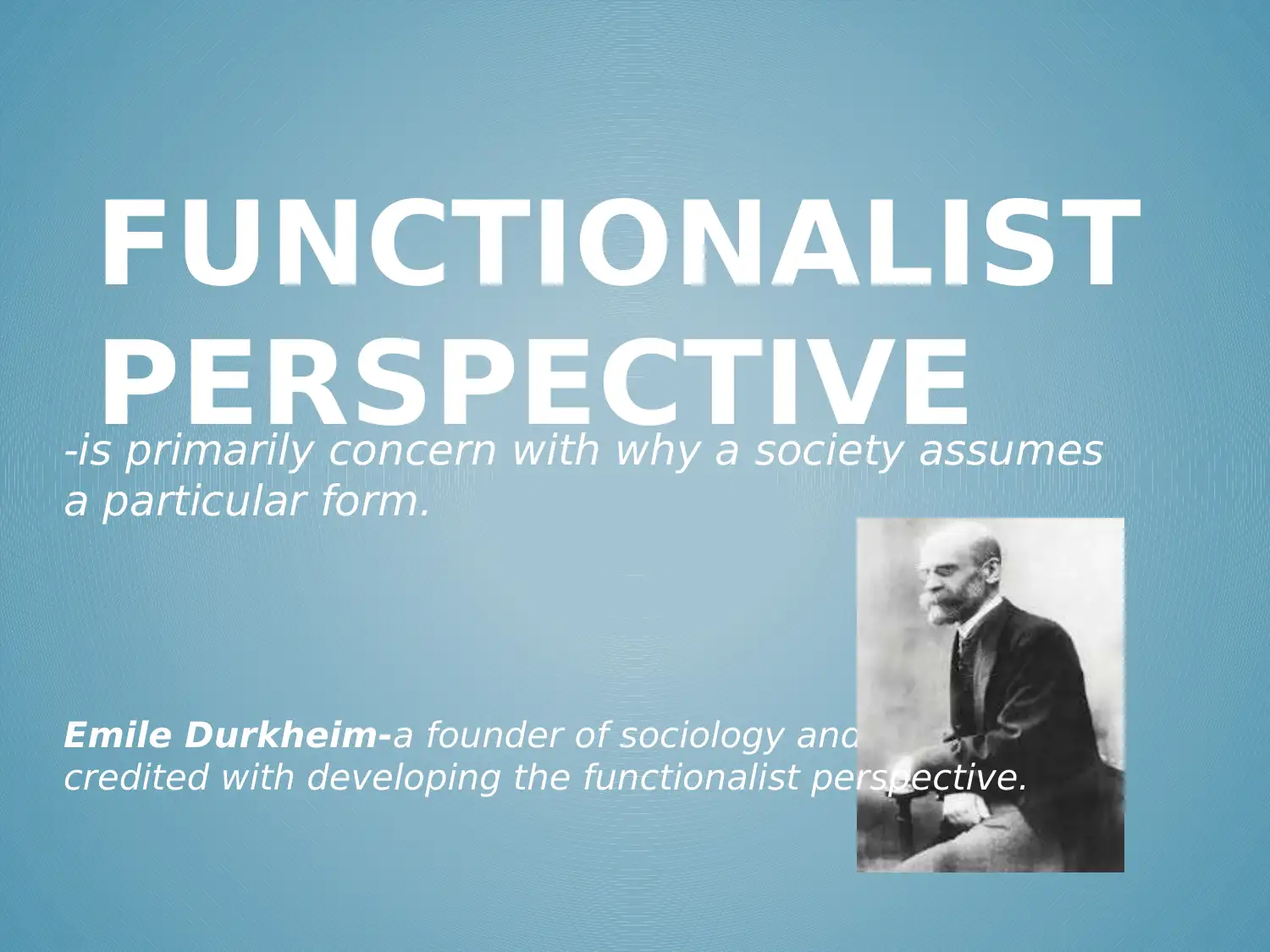
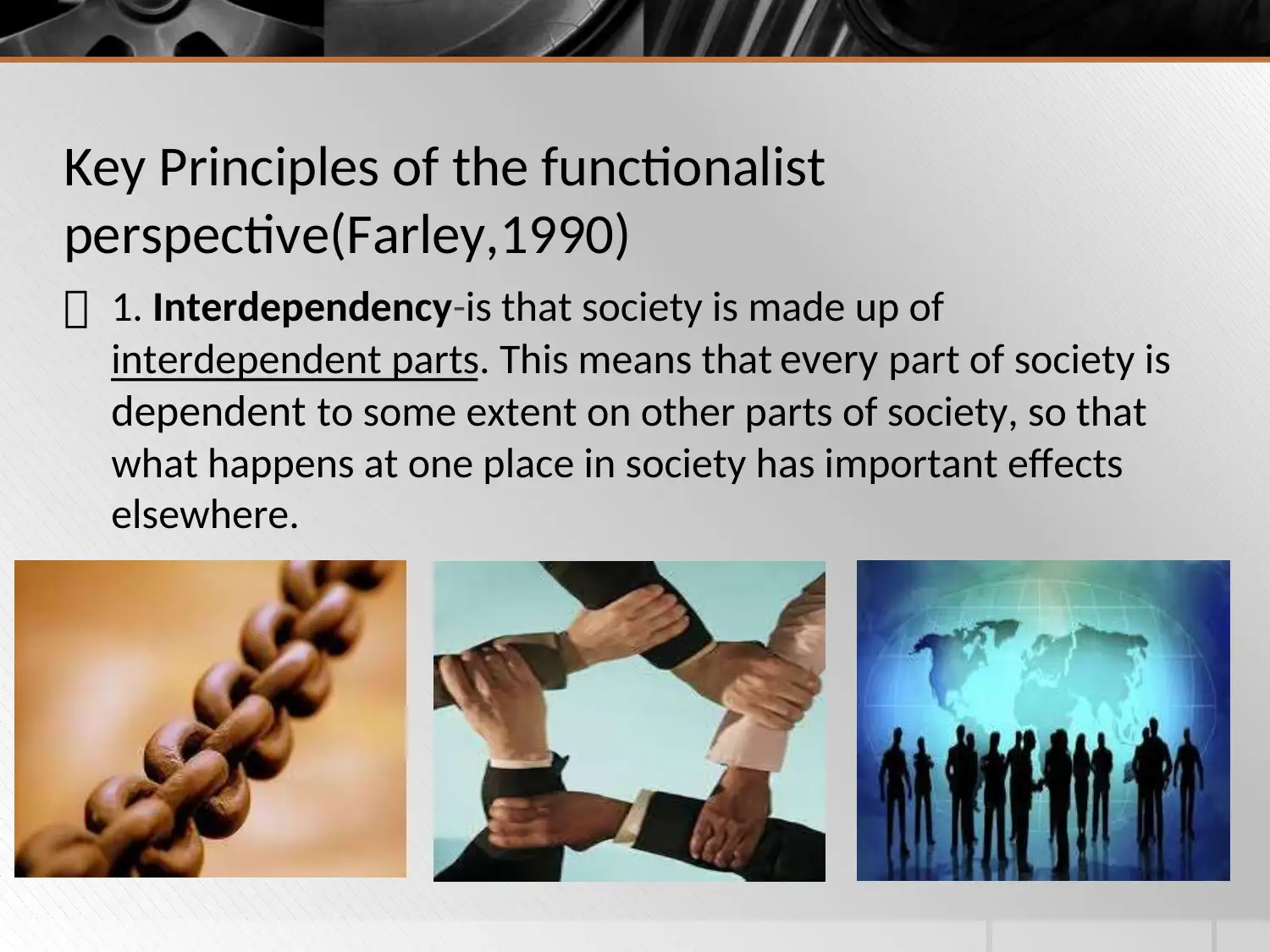
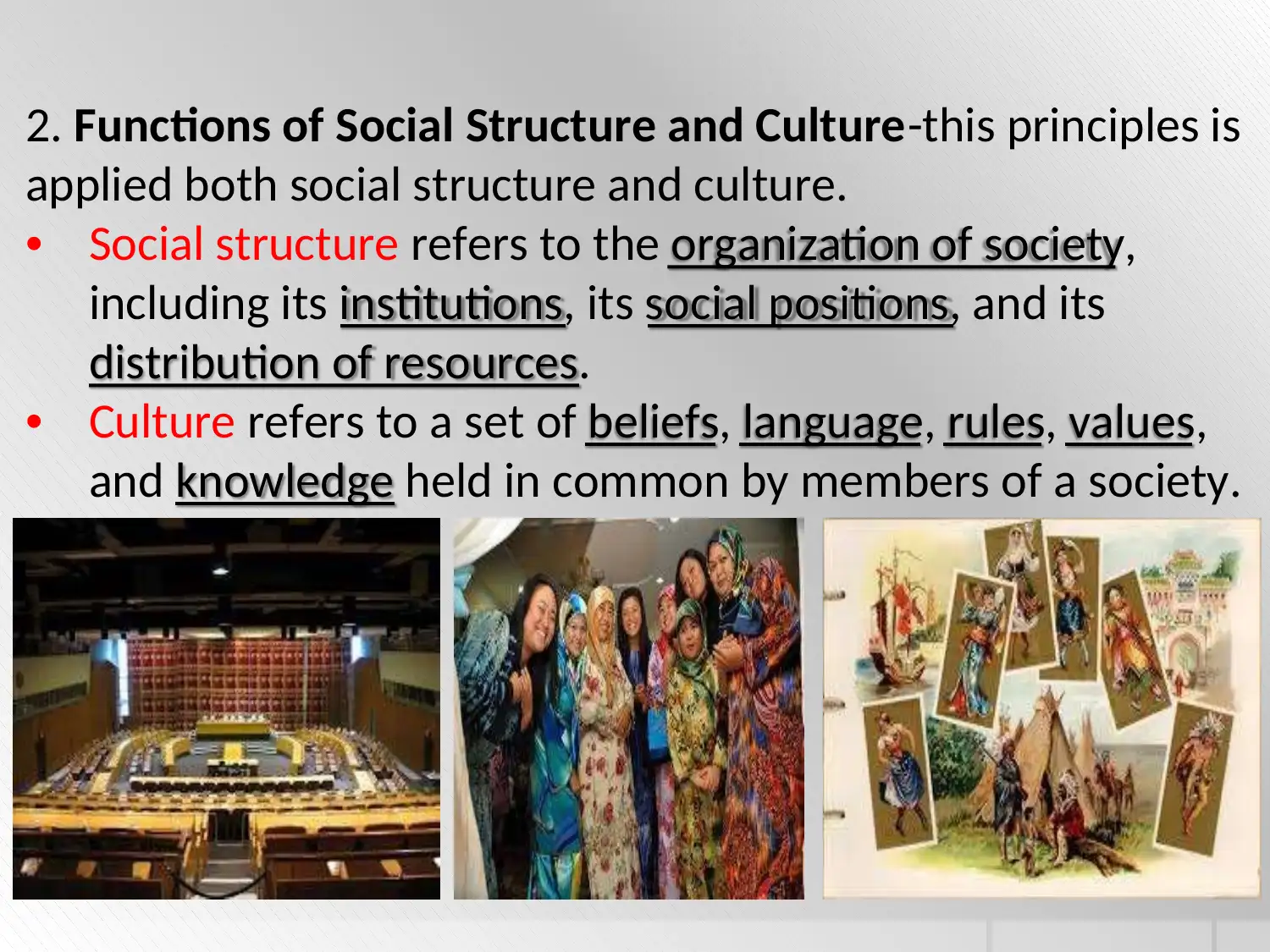

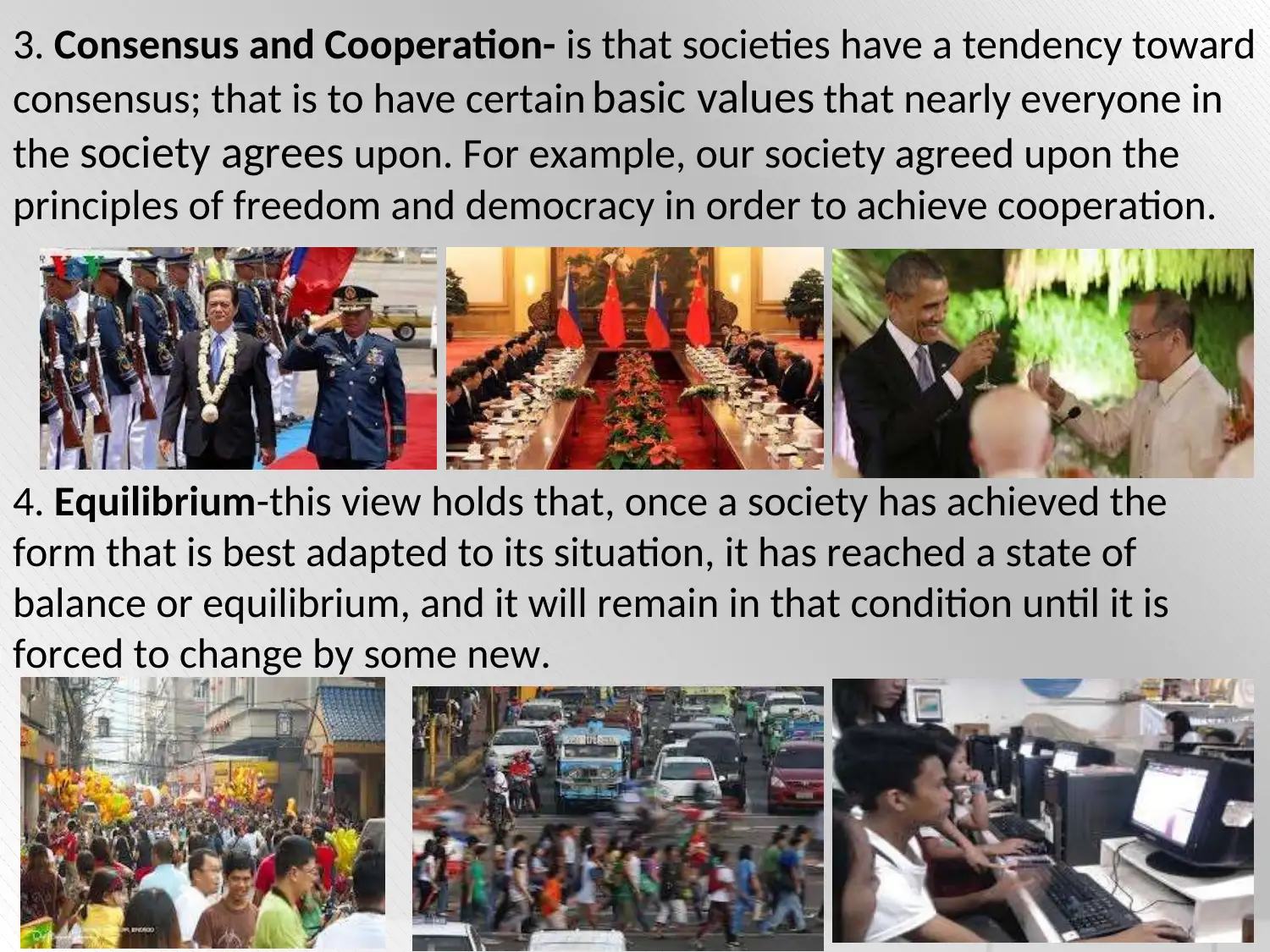
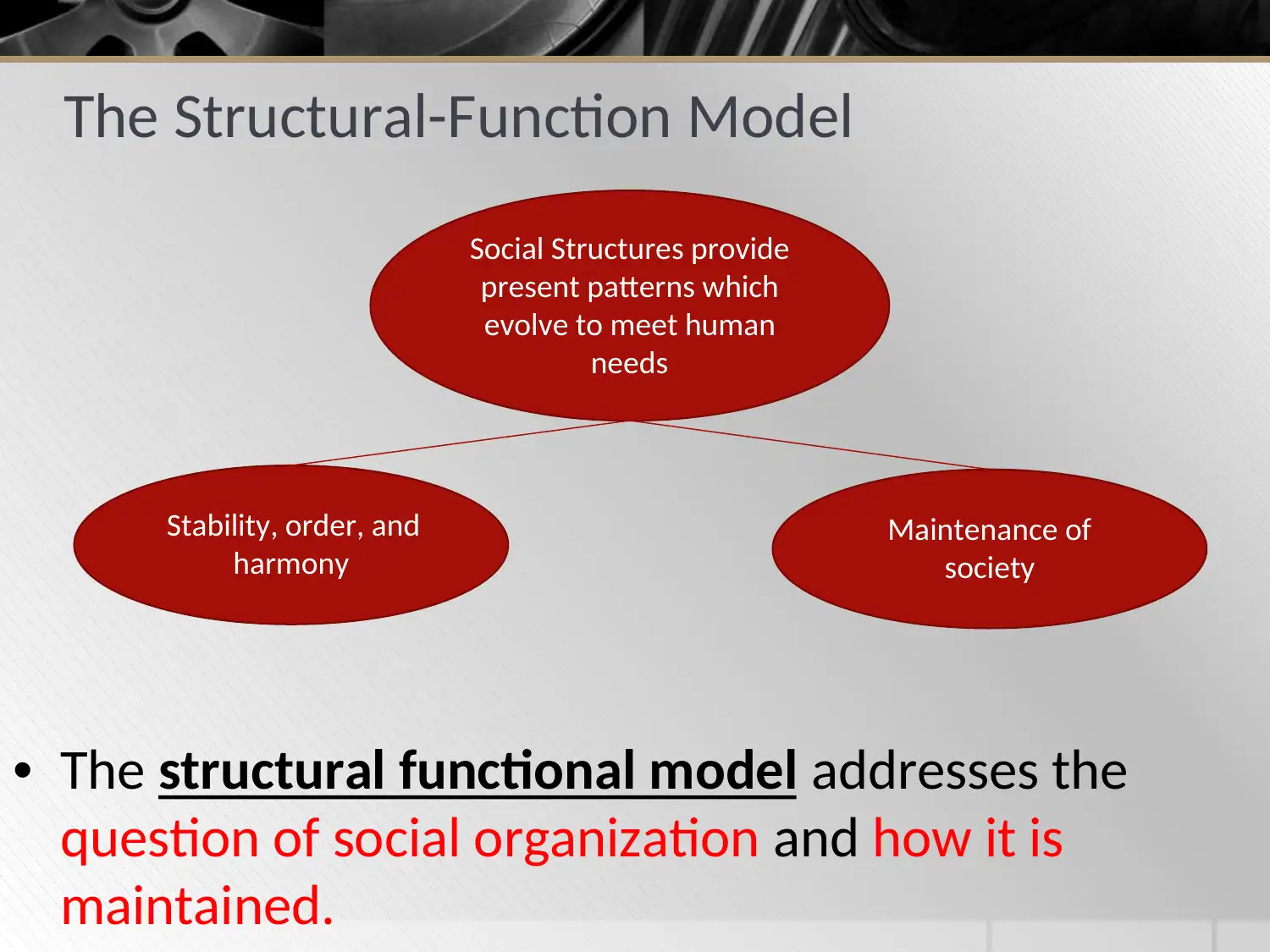
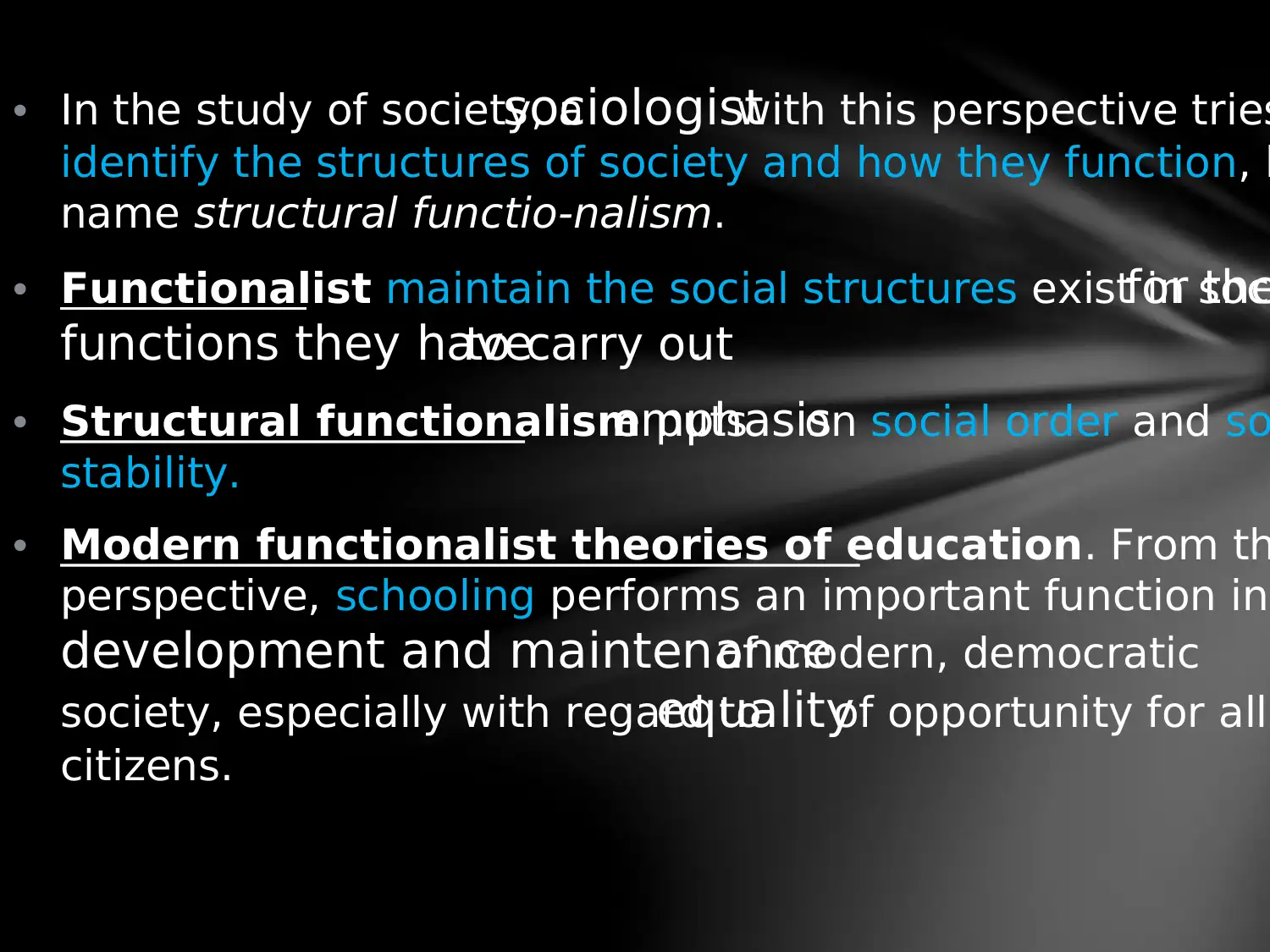






![[object Object]](/_next/static/media/star-bottom.7253800d.svg)